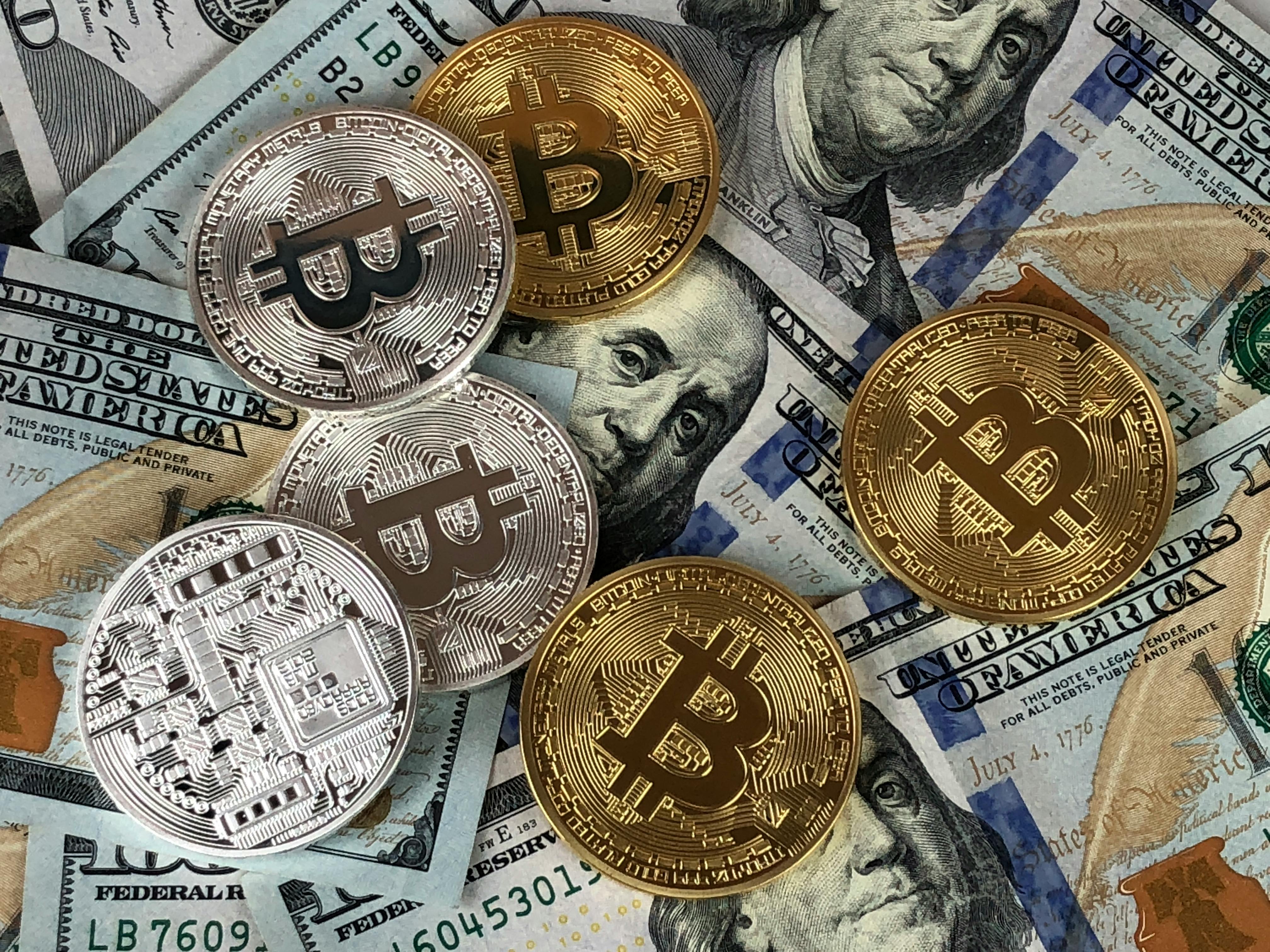How Bitcoin Halving Impacts Cryptocurrency Markets

Understanding Bitcoin Halving: A Key Event in Crypto
Bitcoin halving is a programmed event that occurs approximately every four years, reducing the block reward miners receive by 50%. This mechanism is integral to Bitcoin’s deflationary monetary policy and ensures a finite supply capped at 21 million coins.
The halving event impacts the rate at which new bitcoins enter circulation, significantly influencing supply, miner incentives, and, ultimately, market prices.
When and How Does Halving Occur?
- Trigger point: Every 210,000 blocks mined (~4 years).
- Reward reduction: Block rewards are halved, e.g., from 12.5 BTC to 6.25 BTC.
- Predictable schedule: Halvings are pre-programmed and transparent.
The Supply Shock Mechanism
Halving effectively cuts the new supply of Bitcoin entering the market by half overnight. This sudden reduction in fresh BTC supply, assuming steady or growing demand, creates a supply shock that historically puts upward pressure on prices.
Markets react to this scarcity because:
- Miners earn fewer bitcoins per block, reducing bitcoin issuance.
- Accumulation from long-term holders increases as supply tightens.
- Speculative traders anticipate price appreciation based on past halvings.
Impact on Miners and Network Security
Halving significantly affects miner profitability. Since mining rewards are halved but operational costs remain relatively fixed, less efficient miners may be forced to shut down.
Consequences include:
- Potential drop in hash rate temporarily as miners adjust.
- Increased mining difficulty over time to stabilize block times.
- Miner consolidation possibly leading to more centralized mining pools.
Despite these challenges, halving incentivizes miners to improve efficiency and supports the network’s security in the long run through a controlled supply schedule.
Price Trends: Historical Halving Analysis
Bitcoin has undergone three halving events so far—in 2012, 2016, and 2020—and each has been followed by significant market rallies.
- 2012 Halving: BTC price rose from roughly $12 to over $1,100 within a year.
- 2016 Halving: Price increased from about $650 to nearly $20,000 by the end of 2017.
- 2020 Halving: Saw a price surge from roughly $8,500 to an all-time high exceeding $60,000 in 2021.
While these trends show a strong correlation, it’s important to recognize that other factors—such as macroeconomic conditions and adoption rates—also play vital roles.
Halving’s Influence on Market Sentiment and Investment Strategies
Market psychology plays a substantial role during halving cycles. Anticipation often leads to increased buying, which can result in price volatility before and after the event.
Investor considerations include:
- Supply constraints potentially driving scarcity premiums.
- Long-term holding based on historical bullish post-halving cycles.
- Using halving events as entry points or to rebalance portfolios.
Broader Cryptocurrency Market Repercussions
Bitcoin’s halving does not only affect BTC but also the broader crypto market:
- Altcoin price correlations: Often see price changes following Bitcoin market movements.
- Capital flows: Investors may rotate between cryptocurrencies as Bitcoin’s scarcity changes.
- DeFi and blockchain projects: Increased interest in development accelerates alongside Bitcoin market cycles.
Conclusion
Bitcoin halving is a fundamental protocol feature that exerts profound influence over cryptocurrency markets. By reducing new supply and altering miner economics, halvings create the conditions for scarcity-driven price appreciation and market shifts.
Understanding the mechanics, historical context, and investor behavior surrounding halving events is essential for navigating the evolving crypto landscape confidently.
If you found this guide useful, consider following the blog for more in-depth insights and analysis on Bitcoin and the evolving crypto ecosystem.